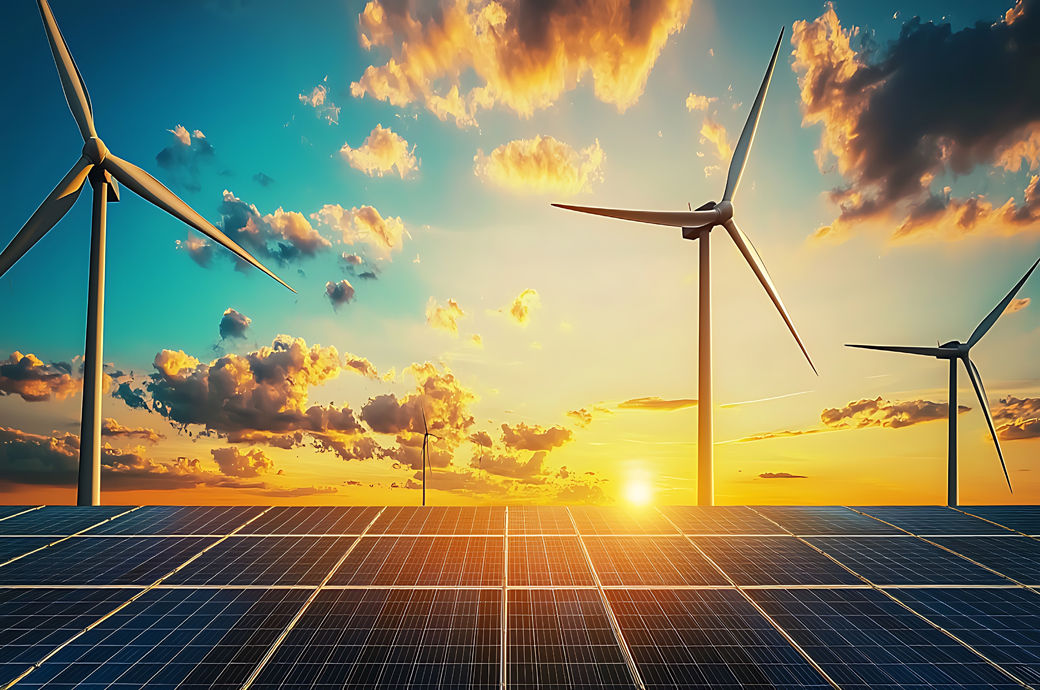
The report underscored that today’s geopolitical tensions and fragmentation are creating major risks both for energy security and for global action on reducing greenhouse gas emissions.
The world is projected to enter a new energy market context in the coming years, marked by continued geopolitical hazards but also by relatively abundant supply of multiple fuels and technologies, it said.
This includes an overhang of oil and liquefied natural gas (LNG) supply coming into view during the second half of the 2020s, alongside a large surfeit of manufacturing capacity for some key clean energy technologies, notably solar photovoltaics (PV) and batteries.
“In the second half of this decade, the prospect of more ample – or even surplus – supplies of oil and natural gas, depending on how geopolitical tensions evolve, would move us into a very different energy world from the one we have experienced in recent years during the global energy crisis,” said IEA executive director Fatih Birol in a release.
“It implies downward pressure on prices, providing some relief for consumers that have been hit hard by price spikes. The breathing space from fuel price pressures can provide policymakers with room to focus on stepping up investments in clean energy transitions and removing inefficient fossil fuel subsidies. This means government policies and consumer choices will have huge consequences for the future of the energy sector and for tackling climate change,” he said.
Based on today’s policy settings, the report finds that low-emissions sources are set to generate more than half of the world’s electricity before 2030—and demand for all three fossil fuels—coal, oil and gas—is still projected to peak by the end of the decade.
Clean energy is entering the energy system at an unprecedented rate, but deployment is far from uniform across technologies and markets.
The contours of a new, more electrified energy system are coming into focus as global electricity demand soars, the report noted. Electricity use has grown at twice the pace of overall energy demand over the last decade, with two-thirds of the global increase in electricity demand over the last ten years coming from China.
Global electricity demand growth is set to accelerate further in the years ahead, adding the equivalent of Japanese demand to global electricity use each year in a scenario based on today’s policy settings – and rising even more quickly in scenarios that meet national and global goals for achieving net zero emissions.
For clean energy to continue growing at pace, much greater investment in new energy systems, especially in electricity grids and energy storage, are necessary, it said.
A new energy system needs to be built to last, the report emphasises, one that prioritises security, resilience and flexibility, and ensures that benefits of the new energy economy are shared and inclusive.
In some regions of the world, high financing costs and project risks are limiting the spread of cost-competitive clean energy technologies to where they are needed most.
This is especially the case in developing economies where these technologies can deliver the biggest returns for sustainable development and emissions reductions, the report added.
Fibre2Fashion News Desk (DS)